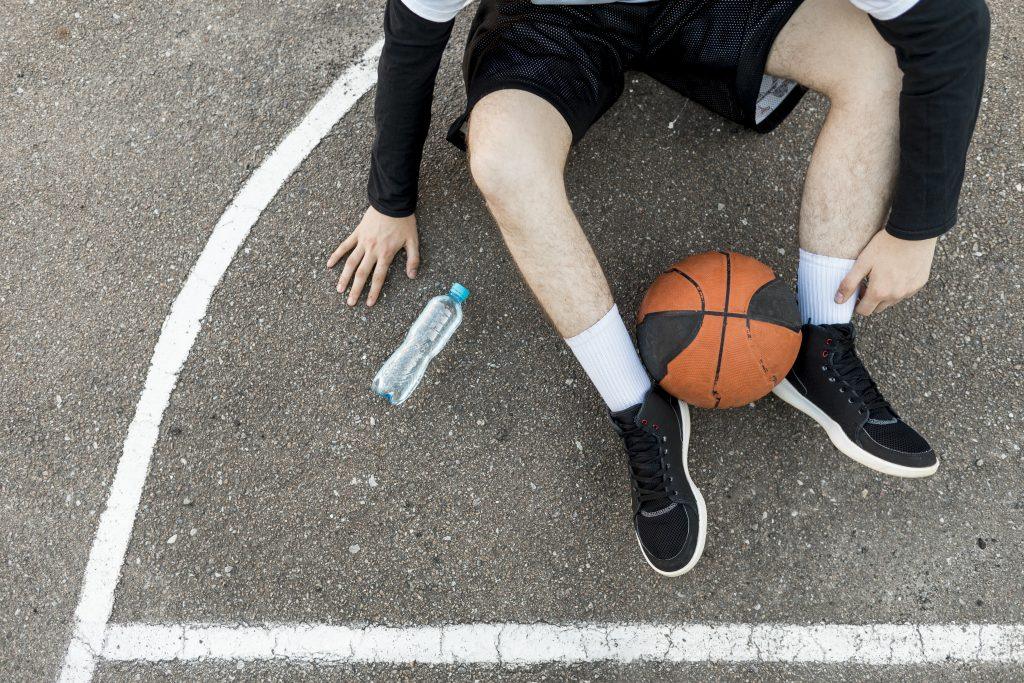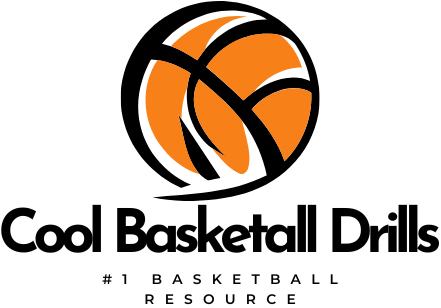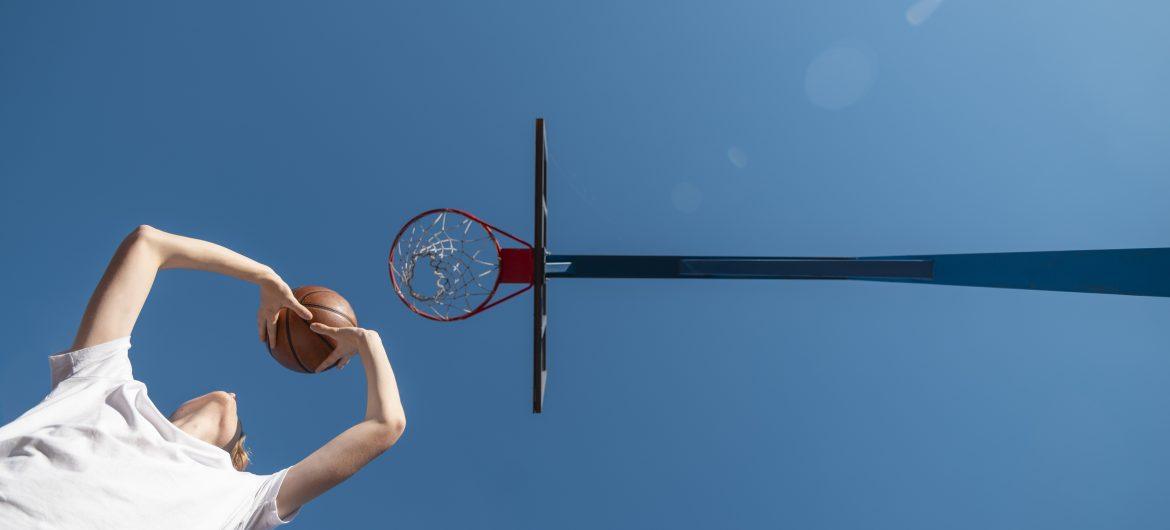The Evolution of Basketball Shooting Drills and Techniques
As a global community of basketball enthusiasts, understanding how basketball shooting drills and techniques have evolved over the years is very useful. With each passing year, the approach to perfect shooting has changed, influenced by advancements in technology, new coaching philosophies, and a deeper understanding of biomechanics.
Basketball demands accuracy, speed, and versatility from its shooters. New tools and analytics have made it possible to break down shooting mechanics into simple, actionable steps, making it easier for players at all levels to improve their game.
This article aims to cover current trends and give diverse basketball shooting drills to enhance your shooting skills. The focus is not just on refining techniques but also on applying new technologies and scientific insights to develop a well-rounded shooting ability. Whether you’re a beginner or a seasoned player, these insights and drills can elevate your shooting game to meet today’s competitive standards.
The Science of Basketball Shooting
Understanding the science behind shooting forms is a game-changer. Recent studies have shown that the biomechanical alignment of your body is vital for a consistent shooting form. Maintaining proper body balance, elbow alignment, and hand positioning can drastically improve shooting accuracy.
Modern analytics have also opened new doors for tracking performance. Coaches and players can use data to pinpoint areas for improvement, such as speed of release and shooting arc. By identifying these specific elements, players can focus their training on high-impact areas.
| Element | Impact on Shooting |
|---|---|
| Body Alignment | Improves accuracy and form consistency |
| Shooting Arc | Affects shot trajectory and success rate |
| Speed of Release | Crucial for executing shots under defensive pressure |
Focus on Form Shooting
Form shooting remains a cornerstone of effective basketball training. Despite changes in basketball over the years, the fundamentals of form shooting have remained essential. The BEEF method—Balance, Elbow, Eyes, Follow-through—remains a guiding principle.
The B.E.E.F. Method for Basketball Shooting
The B.E.E.F. method is a simple and effective way to teach proper shooting mechanics in basketball. It helps players develop consistency, accuracy, and confidence in their shot.
B.E.E.F. Breakdown:
- B – Balance 🏀
- Keep your feet shoulder-width apart.
- Slightly bend your knees for stability.
- Distribute your weight evenly to stay controlled when shooting.
- E – Elbow 💪
- Keep your shooting elbow directly under the ball.
- Your forearm should be at a 90-degree angle.
- A straight elbow ensures a proper shooting motion.
- E – Eyes 👀
- Focus on your target (the rim or back of the hoop).
- Some players aim for the front of the rim, while others aim for the back—find what works best for you.
- F – Follow Through ✋
- Extend your shooting arm fully after releasing the ball.
- Keep your wrist relaxed with fingers pointing down, like you’re “reaching into a cookie jar.”
- Hold the follow-through to maintain accuracy and control.
Why Use the B.E.E.F. Method?
- It’s easy to remember and apply at any level.
- Helps build muscle memory for a smoother shot.
- Encourages consistency, leading to better shooting percentages.
By practicing the B.E.E.F. method, players can develop a reliable and effective jump shot, making them more confident and accurate on the court.
Other ways of focusing on form shooting include:
Mindful Shooting: Integrating mindfulness with physical practice enhances focus and consistency. Before taking a shot, take a breath, clear your mind, and narrow your focus to the task at hand. Studies suggest mindfulness can increase not just accuracy, but also enhance a player’s mental resilience under pressure.
Tech-Assisted Feedback: Use apps and tools that analyze your form instantly. Applications like HomeCourt or DribbleUp provide players with immediate feedback on their shooting mechanics, helping refine those minor errors that could be costly in game-time situations.
By refining your form shooting techniques with these innovations, you’re not only working on the physical aspect but are also training your mind to stay focused and precise, making it a holistic approach to improving your shot.

All images are from Freepik.
Basketball Shooting Drills
Practicing basketball shooting drills is essential for improving accuracy, consistency, and confidence on the court. These drills help develop muscle memory, refine shooting mechanics, and enhance overall scoring ability.
Additionally, shooting drills improve focus, endurance, and quick decision-making, allowing players to perform better under pressure. Regular practice also builds rhythm and confidence, making it easier to execute shots effectively during actual games.
1. Form Shooting Drill
Purpose: Improve shooting mechanics, muscle memory, and consistency.
Steps:
- Stand close to the basket, about 3–5 feet away.
- Hold the ball with your shooting hand underneath and your guide hand on the side.
- Focus on proper shooting form—elbow in, wrist relaxed, and follow through.
- Shoot with a smooth motion, aiming for a high arc.
- Perform 10–20 reps, then step back slightly and repeat.
2. Spot Shooting Drill
Purpose: Develop consistency and accuracy from different spots on the court.
Steps:
- Select five shooting spots: both corners, both wings, and the top of the key.
- Start at the first spot and take five shots before moving to the next.
- Focus on good shooting form and proper foot placement.
- Track makes and misses to measure progress.
- Repeat the drill for multiple rounds to build endurance.
3. Catch and Shoot Drill
Purpose: Improve quick release and game-like shooting.
Steps:
- Have a partner or coach stand near you with a ball.
- Get into a ready position with knees bent and hands up.
- Receive a pass, square up, and shoot immediately without dribbling.
- Focus on quick but controlled mechanics.
- Perform from different spots on the court to simulate in-game situations.
4. Free Throw Drill
Purpose: Increase shooting consistency from the free-throw line.
Steps:
- Stand at the free-throw line with proper stance and balance.
- Follow your shooting routine (deep breath, dribble, focus).
- Take 10–20 shots in a row, keeping track of makes and misses.
- Analyze any mistakes and adjust accordingly.
- Practice under pressure by setting a goal (e.g., making 8 out of 10).
5. Mikan Drill
Purpose: Improve close-range finishing with both hands.
Steps:
- Stand under the basket with the ball.
- Use your right hand to make a layup off the glass.
- Immediately step to the left side and shoot a layup with your left hand.
- Continue alternating hands in a continuous motion.
- Perform for 30–60 seconds, focusing on speed and control.
6. Pull-Up Shooting Drill
Purpose: Improve shooting off the dribble.
Steps:
- Start at the three-point line or mid-range area.
- Dribble towards the shooting spot using one or two quick dribbles.
- Stop, square up, and take a jump shot.
- Repeat with different dribble moves (e.g., crossover, between the legs).
- Work on both right-hand and left-hand dribble pull-ups.
7. Three-Point Shooting Drill
Purpose: Develop long-range shooting consistency.
Steps:
- Select five shooting spots beyond the three-point line.
- Take five shots from each spot, focusing on balance and follow-through.
- Keep track of makes and misses.
- Use a rebounder or partner to speed up the drill.
- Adjust shooting form if needed and repeat for multiple rounds.
8. Off-the-Dribble Shooting Drill
Purpose: Enhance ability to create shots off dribbles.
Steps:
- Start beyond the three-point line with the ball.
- Use a controlled dribble to move forward at game speed.
- Pull up and shoot from mid-range or beyond.
- Incorporate different moves (step-back, crossover, hesitation).
- Practice both dominant and non-dominant hand dribbling.
9. Bank Shot Drill
Purpose: Improve accuracy using the backboard.
Steps:
- Stand at a 45-degree angle from the backboard, about 5–10 feet away.
- Aim for the upper square on the backboard when shooting.
- Take 10 shots from each side using good form.
- Focus on adjusting power and aim to hit the backboard correctly.
- Track your makes and work on consistency.
10. Game Simulation Shooting Drill
Purpose: Prepare for real-game shooting situations.
Steps:
- Set a timer for 1–2 minutes.
- Move around the court, catching passes and shooting quickly.
- Incorporate dribble moves before taking a shot.
- Work on different types of shots (catch-and-shoot, off-the-dribble, step-back).
- Track your makes and set a goal for improvement.
Unlocking the Mind: Mental Aspects of Shooting Excellence
A great shooter is as mentally strong as they are skilled. Developing a calm and confident mindset is critical for maintaining accuracy, especially in crunch time. Visualization techniques allow players to mentally rehearse successful shots before executing them in practice or games.
This enhances concentration and boosts confidence. Simulating high-pressure situations during practice also creates familiarity with stressors. By incorporating crowd noise or shaving seconds off the game clock, players simulate the pressure of game-winning shots—equipping them with psychological resilience.
Confidence is a powerful tool in a shooter’s arsenal. Building it involves setting achievable goals and celebrating small victories. Strengthening the mental game makes shooting an instinctive response, unaffected by in game pressure.
Measuring Success: Tracking and Analyzing Shooting Progress
Tracking shooting progress is essential to keep improving. By consistently measuring performance, players can identify patterns and areas for growth. Modern tools have made this process more straightforward and scientific. Apps like Hudl, ShotTracker, and HomeCourt provide detailed shooting analytics, breaking down shot types, make percentages, and even shot difficulty.
Using data effectively lets players and coaches tailor practices to address weaknesses, reinforce strengths, and set clear, incremental targets. Data-driven feedback closes the gap between casual practice and purposeful improvement, allowing players to visualize how they will improve more clearly.
By using this detailed analysis, players can better focus their efforts on specific skills, ensuring a more directed, effective training regimen. The habit of tracking metrics creates a mindset driven by growth and adaptability.


